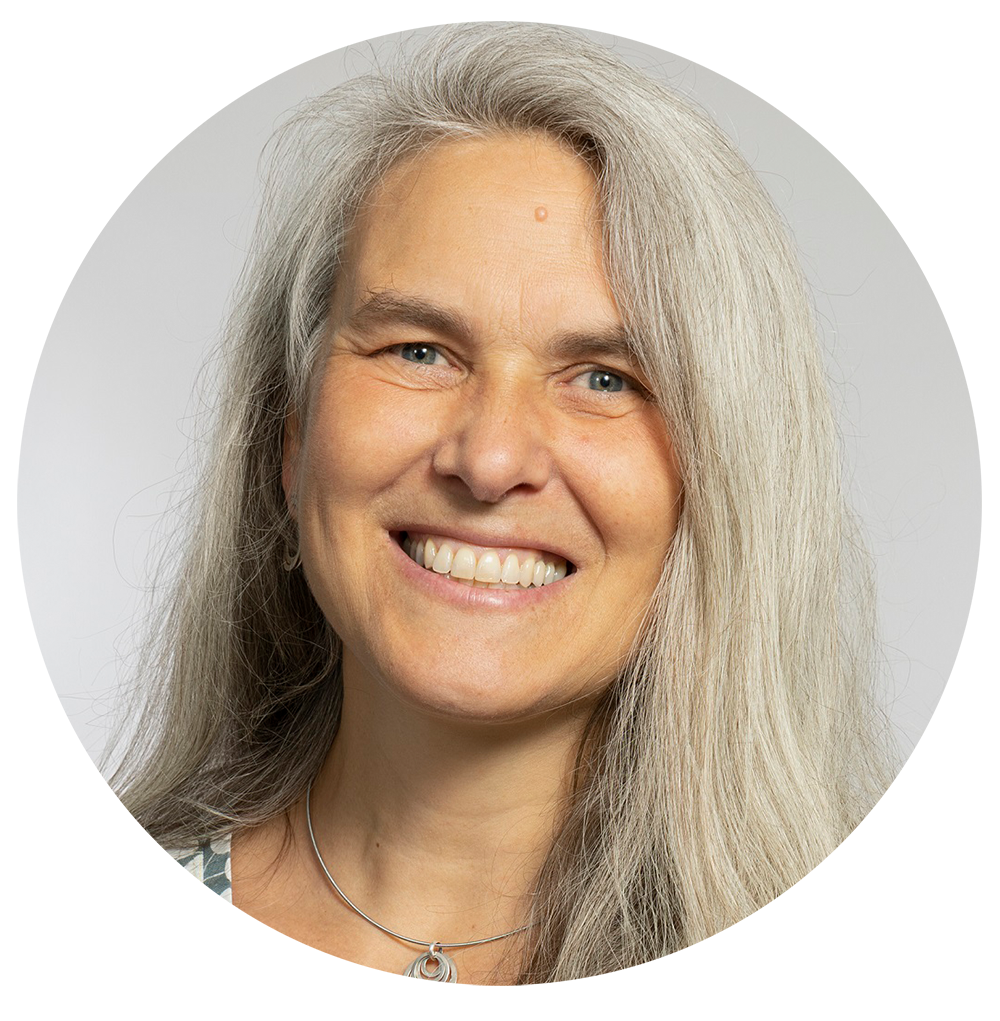Engagement, communications, dissemination and capacity building.
Work package lead: EUROPARC Federation
Work package co-lead: WWF – Central and Eastern Europe
EUROPARC Federation

Carol Ritchie

Marit Schnepf
Project Manager

Simone Prestes Dürrnagel
Project Developer on Capacity Building

Sandra Grego
Project Manager
(Communication | Capacity Building | Digital Engagement)
WWF – Central and Eastern Europe

Hildegard Meyer
Project Manager

Irene Lucius
Conservation Director
Background
Conservation, restoration, and sustainable management must be grounded in accessible and relevant capacity building and communications for stakeholders who are implementing and co-managing the Trans-European Nature Network (TEN-N).
The purpose of the work package
Work package 1 focuses on building capacity, engaging stakeholders, and promoting communication to our audiences to help achieve the project’s goals of a Trans-European Nature Network (TEN-N) of conserved areas that benefits nature and people.
To design a blueprint for a truly coherent TEN-N across EU Member States, accessible and relevant capacity building for stakeholders responsible for planning, implementing and co-managing such a network as well as effective communication is important.
NaturaConnect supports the development of the TEN-N with scientific tools, stakeholder engagement, and policy work. Within work package 1 we developed a comprehensive strategy to engage with various parties and sectors across the EU and at the local level to identify different stakeholder visions and preferences about conservation objectives.
What are we addressing in this work package?
With this we are addressing major obstacles in implementing biodiversity conservation identified by the EU Nature Legislation Fitness Check of the Birds and Habitats Directives:
• Lack of stakeholder awareness and cooperation in conservation
• Knowledge gaps in effective communication, stakeholder engagement, and in the use of spatial planning tools
• Obstacles in implementing biodiversity conservation
We will also support engagement, learning, and co-design under the project.
Our solutions
→ Effective communication
We understand that effective communication is crucial to promote biodiversity conservation and ensure that the TEN-N will be successfully implemented. We have developed a Communication, Dissemination, and Exploitation Strategy that will maximize the impact of NaturaConnect by utilizing a wide range of tools, high-level events, and related media activities to reach different stakeholder groups. Work package 1 facilitates the information flow between the project partners and our stakeholders.
→ Participatory stakeholder engagement
Our work also aims to ensure the use of a participatory engagement framework across all project work packages. The feedback we receive from stakeholders through stimulative interactions in workshops and events will inform the design of project outputs. This will provide guidance to apply the NaturaConnect framework at national and regional levels. A stakeholder forum will also be created to act as an advisory panel, particularly at key development stages.
→ Capacity-building
Another significant aspect of work package 1 is developing capacity-building materials relevant to conservation practitioners, spatial planners, and decision-makers. Using the IUCN competency framework A global register of competences for protected area practitioners, we will develop an initial Training Needs Analysis including critical connectivity planning competencies.
NaturaConnect’s capacity-building materials will center around the use of project tools, models, spatial planning frameworks, stakeholder engagement, communication, and governance. Dedicated training and capacity-building materials will also be designed to disseminate project outputs, amplifying their use and impact. All courses will be available via the NaturaConnect website and a dedicated learning platform.

